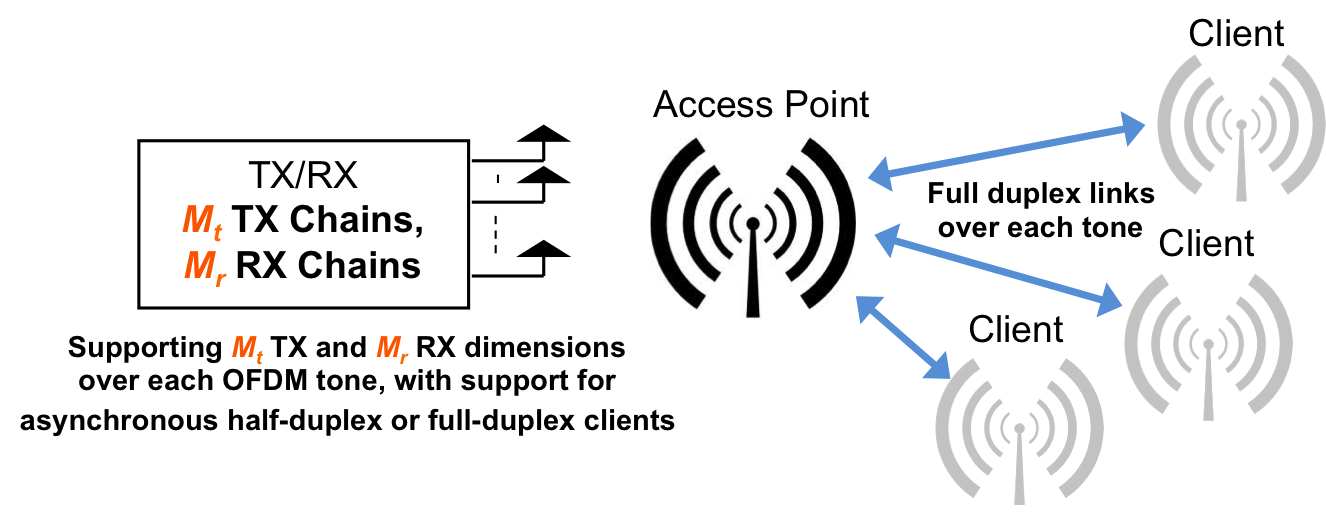|
Two-way (true full duplex) wireless and its applications Amir
K. Khandani
Current wireless systems are
one-way (similar to walkie-talkies), meaning that disjoint time or
frequency segments are used to transmit and to receive. Realization of
two-way wireless has challenged the research community for many years,
generally believed to be impossible. This talk establishes the theory
and presents practical realization of two-way wireless. In contrast to
the widely accepted beliefs, it is shown that two-way wireless is not
only possible, but is fairly simple, with virtually no degradation in
signal-to-noise-ratio. More importantly, it is shown that two-way
wireless can do much more than just doubling the rate. The innovation
is in the antenna design and multiple levels for cancelling
self-interference. Methods are developed to support multiple antenna
(MIMO) two-way transmission, and asynchronous two-way links (useful in
networking applications). These findings are expected to have a
profound impact on wireless transmission, networking and security in
the near future, more significant than other major breakthroughs in the
last few decades.
A number of new applications are introduced, showing that two-way wireless: (1) Facilitates wireless networking. (2) Enhances security through “desirable jamming”. (3) Provides the ground to realize unbreakable security (beyond computational or information theoretical security). (4) Enables a new method of wireless communications (to be introduced in this talk) based on embedding data in the transmission media by changing its RF properties in contrast to embedding data in the transmitted signal, and thereby significantly exceeding some of the known theoretical limits on channel capacity. (5) Enables realizing multi-node distributed & collaborative networking, which has been topics of extensive research in the context of Network Information Theory, but still far from practice. (6) Doubles the point-to-point throughput. The developed hardware uses off-the-shelf components, antennas have a simple structure, are omnidirectional, do not suffer from bandwidth limitations, have a small size/spacing (comparable to current one-way systems), and the increase in signal processing complexity vs. one-way is virtually zero.  Presentation-Powerpoint
(Please run in full-screen mode for sound) - (April 25, 2012)
|